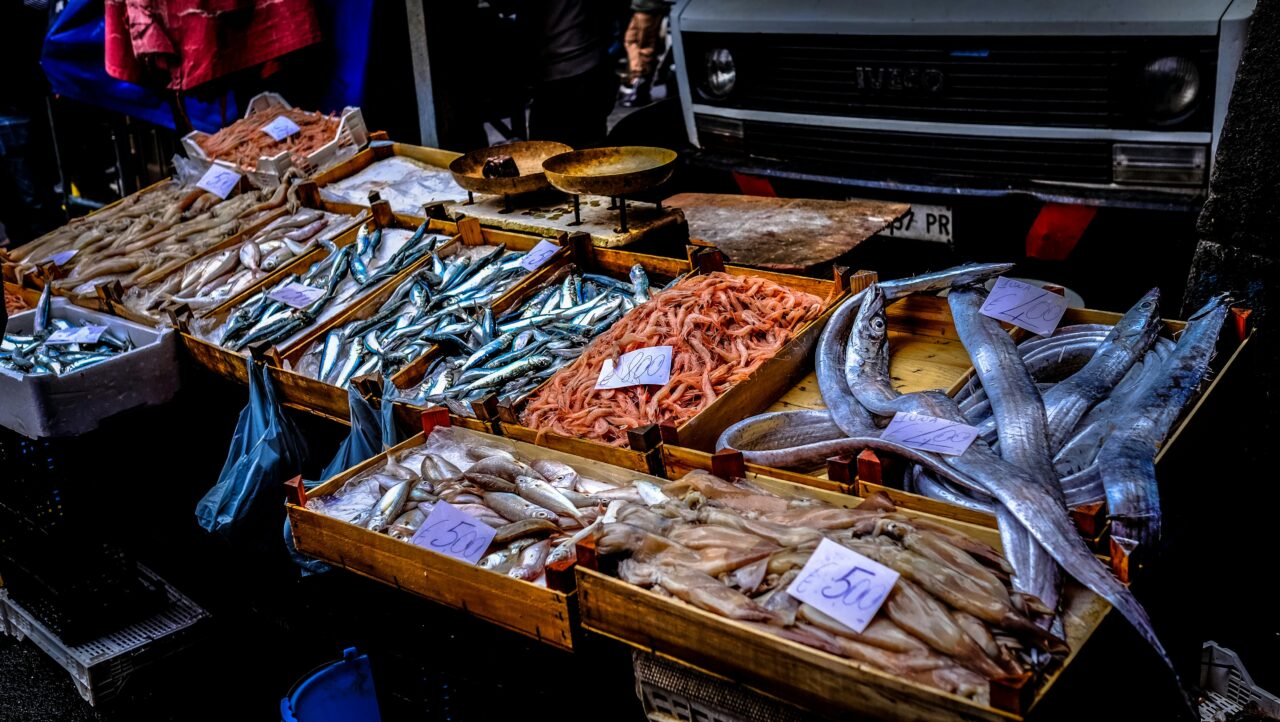Agricultural Outlook 2024-2033: Fish and Seafood Products Insights
2024.7.12
The latest Agricultural Outlook report provides essential insights into the future of fish and seafood products:
- Global Consumption Trends: Food fish consumption is projected to grow globally, albeit at a slower rate than in the previous decade. Europe’s fish food supply will decline, but more slowly than before.
- Price Projections: Real-term prices for all fish product groups, including aquaculture, capture fisheries, traded fish food, fishmeal, and fish oil, are expected to decrease over the next decade. Notably, fish oil prices are anticipated to fall by 18%.
- Fishmeal and Fish Oil Trade:
- Fishmeal trade will remain stable with a modest growth of 4%, reaching 3.6 million tonnes by 2033. The European Union will continue to be a major exporter.
- Fish oil exports are projected to increase by 12%, reaching 1.1 million tonnes by 2033, with Norway and the European Union leading global imports.
- Aquaculture Production: Aquaculture is growing faster than fishmeal production, leading to an increased use of oilseed meals in aquaculture feed. By 2033, oilseed meal use in aquaculture will rise by 32% to 12 million tonnes, while fishmeal use will grow by 15% to 4.8 million tonnes.
MID’s Role in Marine Ingredient Production
MID proudly supports Danish producers who significantly contribute to global marine ingredient production, enhancing economic prosperity and self-reliance in the feed-food value chain. We urge decision-makers to recognize the crucial role of fish processing producers in this self-reliance effort.
Sustainability and Environmental Impact
MID emphasizes the environmental benefits of using fishmeal and fish oil produced by its members, which have a low carbon footprint compared to plant-based alternatives like soy and rapeseed. These marine ingredients are a sustainable option for both aquaculture and agriculture, helping to maintain environmental integrity and making them a sustainable option for both aquaculture and agriculture. Compared to plant-based alternatives like soy and rapeseed, marine ingredients used in aquaculture feed have a significantly lower CO2 footprint.
Read The Agricultural Outlook 2024-2033 report here, and the report for fish and seafood products here.




